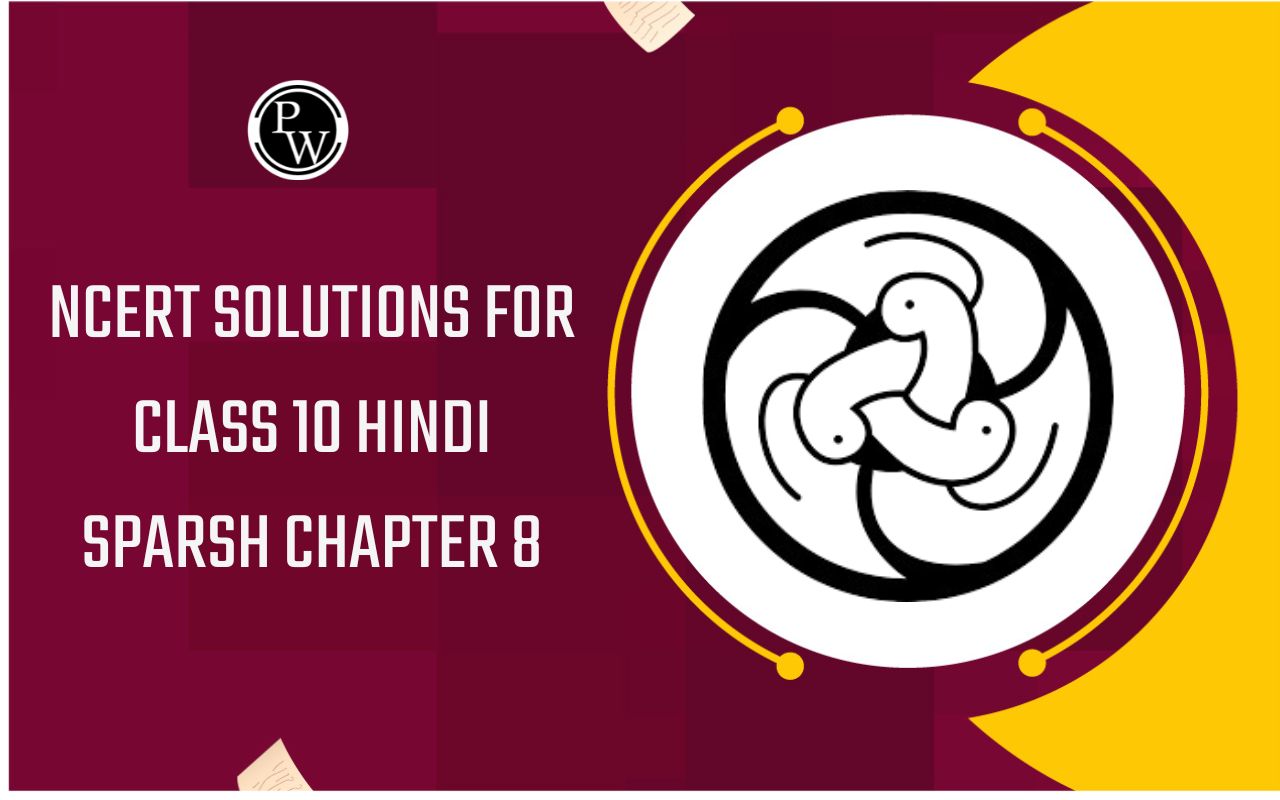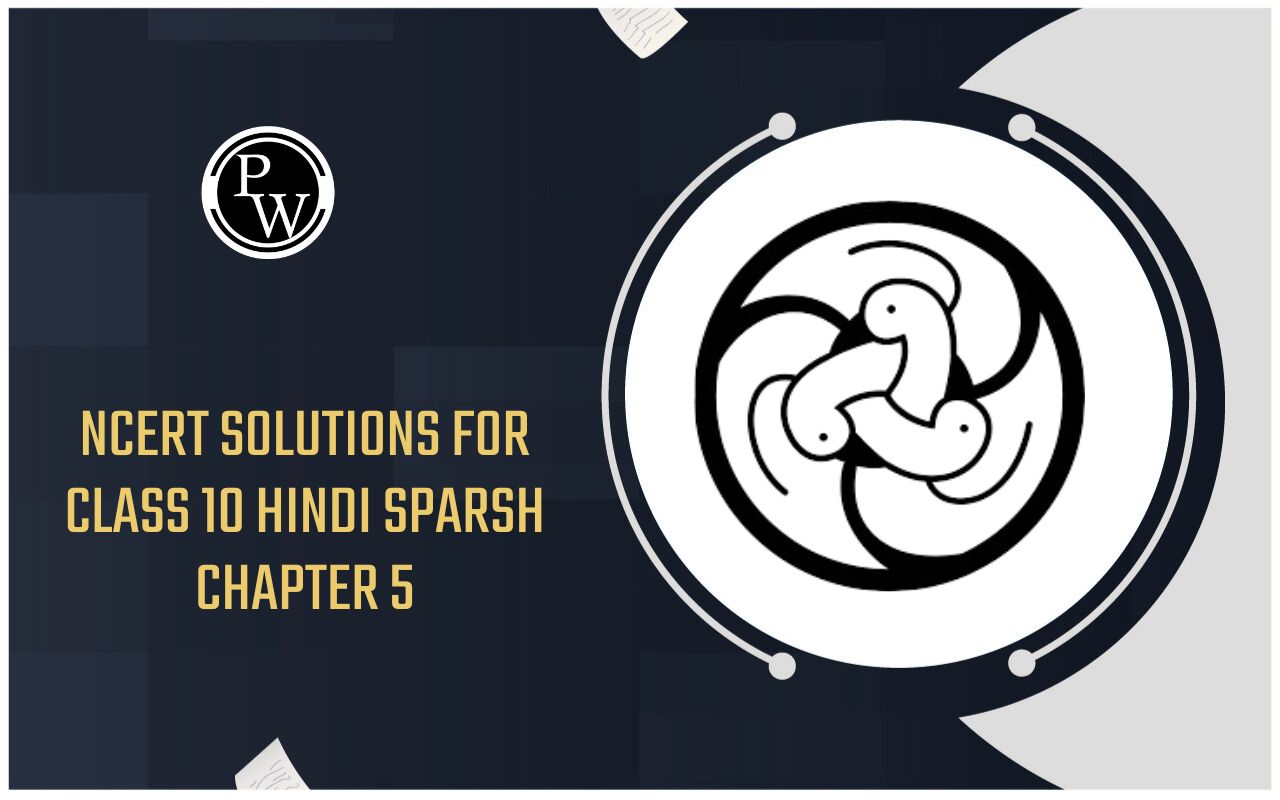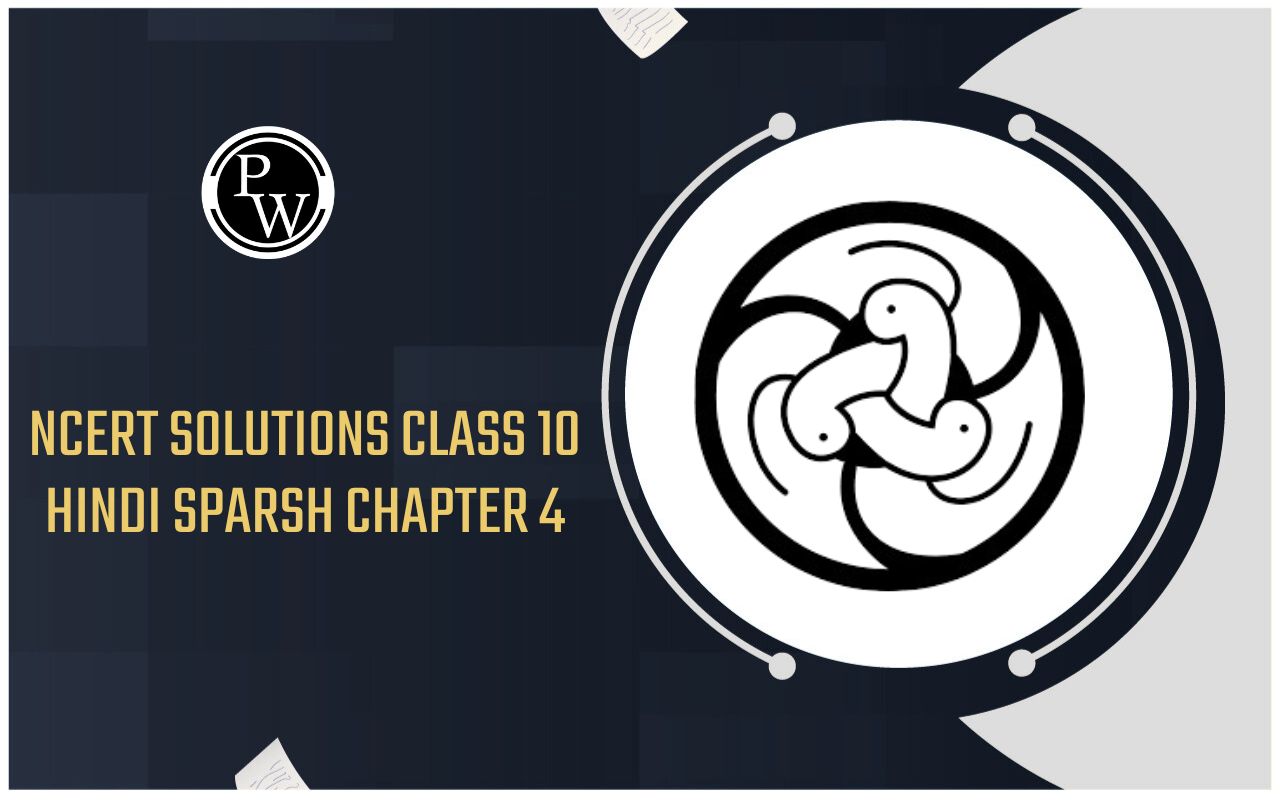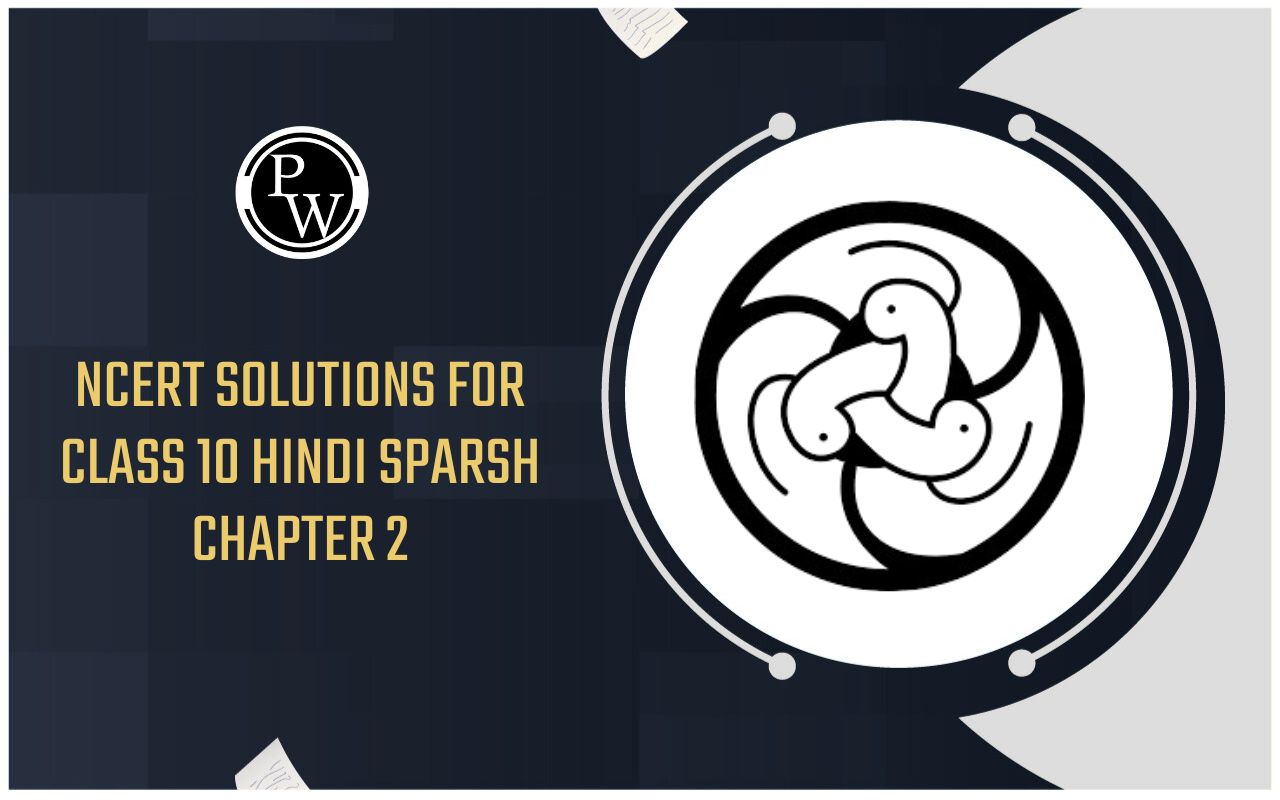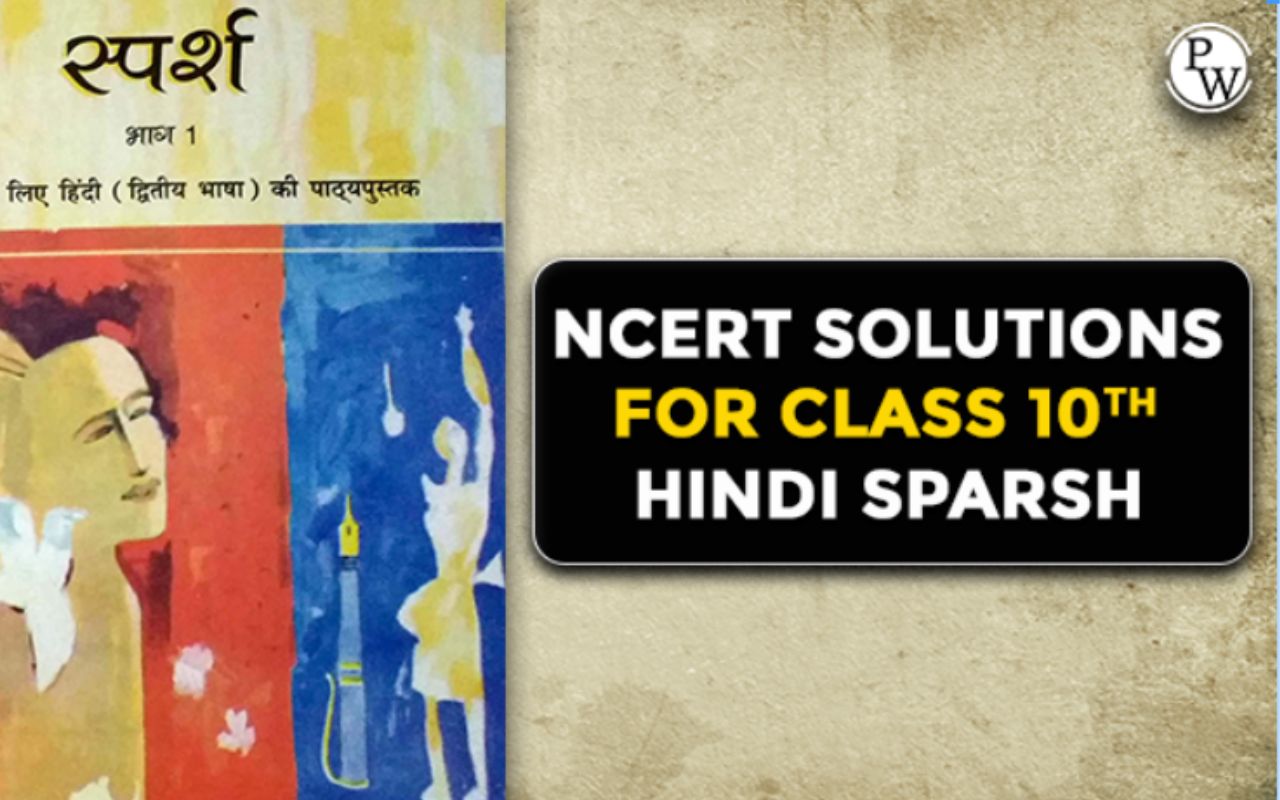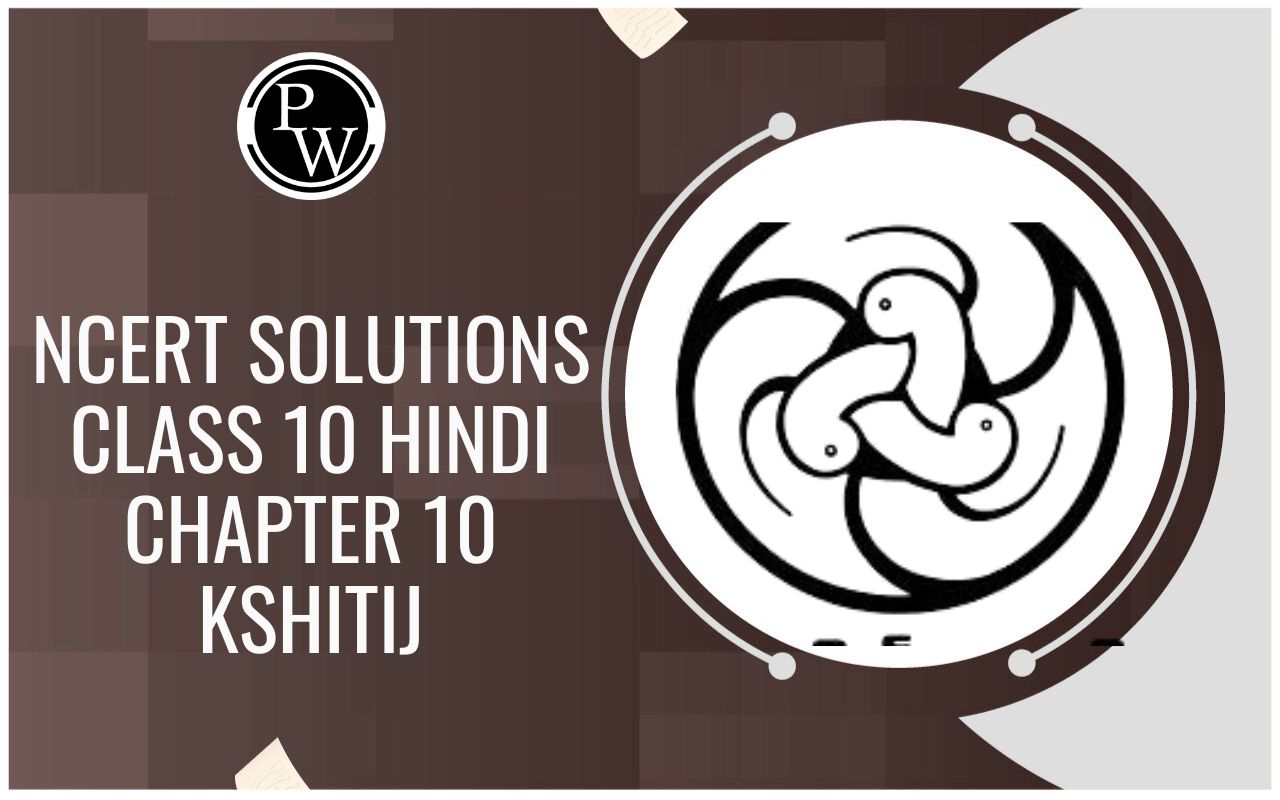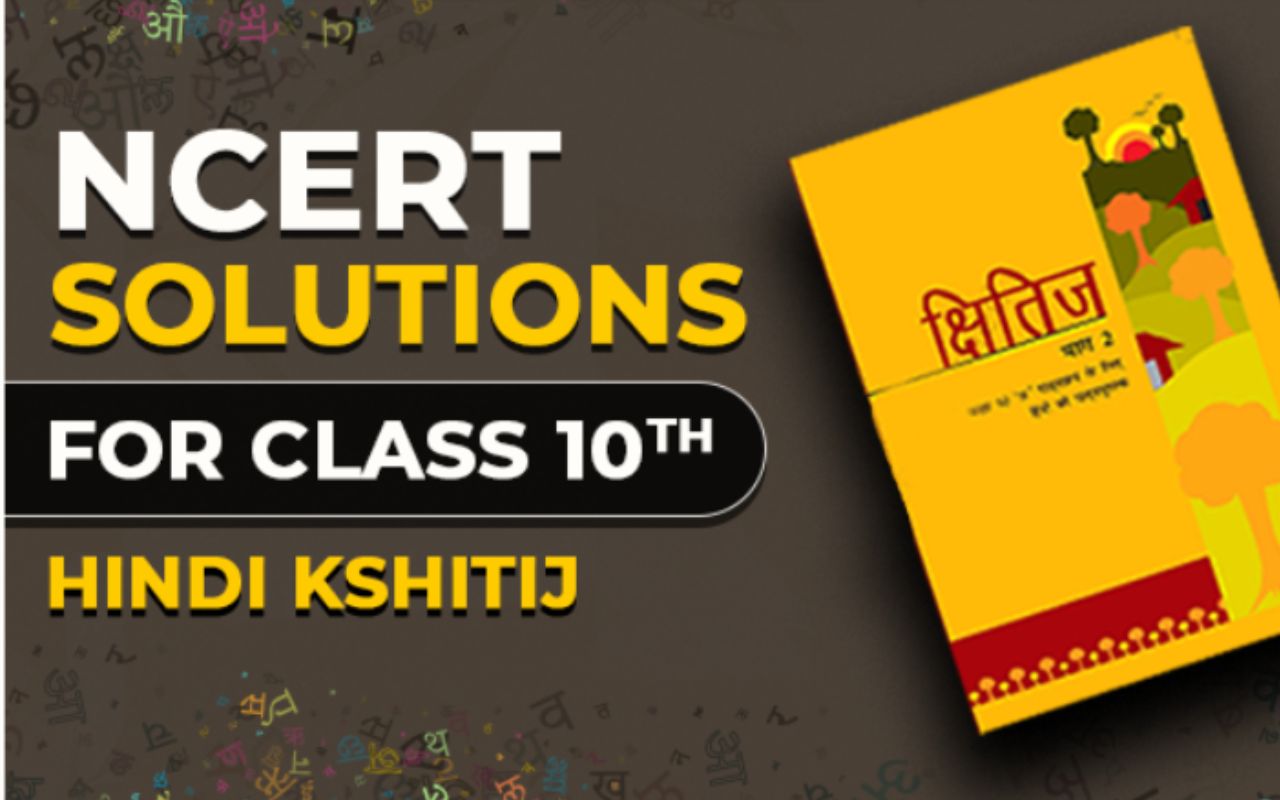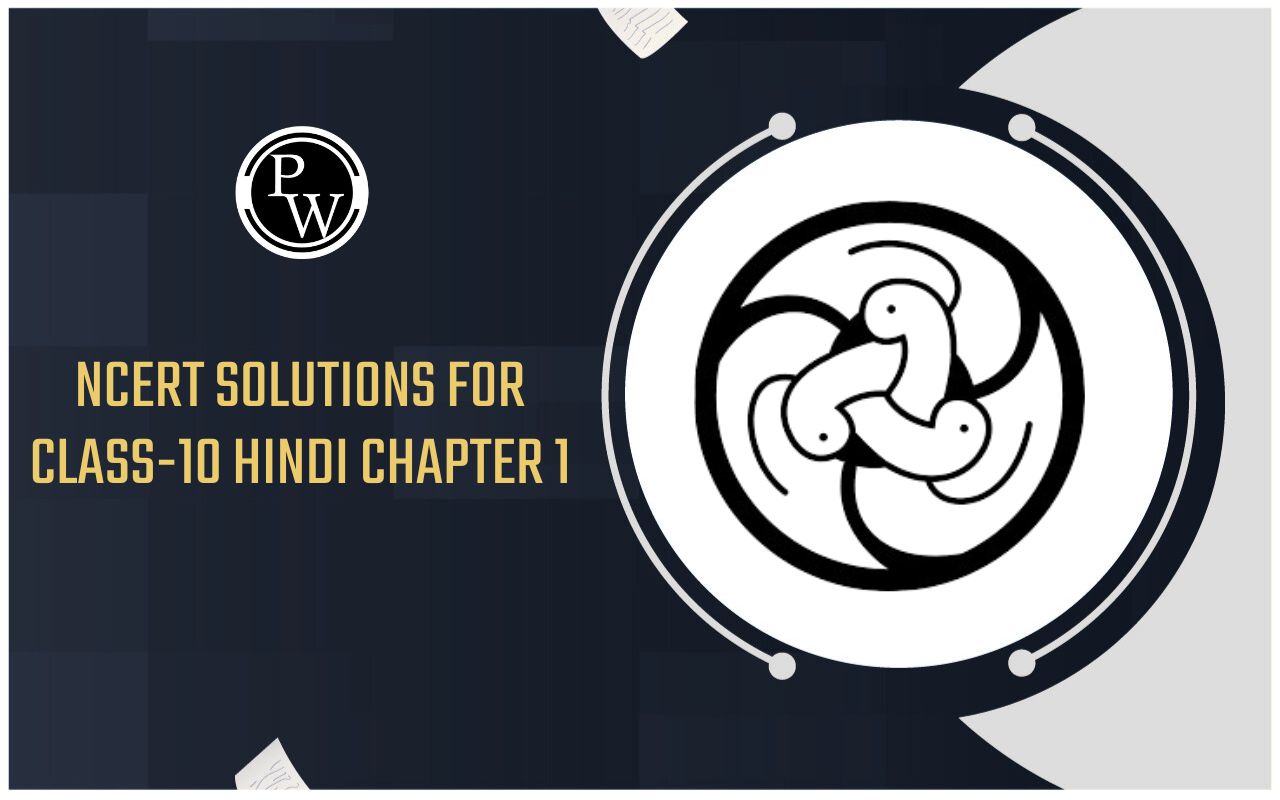
CBSE Worksheet for chapter-1 Electricity class 10
Worksheet For class 10
This page is prepared by the Academic team of Physics Wallah which consists of CBSE Board Worksheet for Class 10 Physics . Students of Class 10 Physics can get a free Worksheet for Class 10 Physics in PDF format prepared as per the newest syllabus and examination pattern in your schools.
Standard 10 students can practice questions and answers which are given here for Physics in Grade 10 that will help them to improve their knowledge of all important chapters and their topics. Students can also download free pdf of Class 10 Physics Notes prepared by teachers and solve important problems provided here with solutions on daily basis to get more scores in school exams and tests.
If any students need to take the online test to check their concepts or undertstanding then they can visit Physics Quiz for Class 10 .
Summary
Introduction, Electric Charge, Electric field, Electric Potential, Electric Potential Difference
Electric current, Unit of electric current, Electrical Symbols
Electric circuits – Open and closed, Electrical Resistance, Ohm’s Law, Resistivity
Combination of resistance – Series and Parallel
Section - 1 Objective
Q1. How many electrons in 1 s constitute a current of 1A?
- 6.25 х 10 12
- 6.25 х 10 12
- 6.25 х 10 11
- 6.25
Q2. When a body is negatively charged by friction, it means :
- The body has acquired excess of electrons
- The body has acquired excess of protons
- The body has lost some electrons
- The body has lost some neutrons
Q3. If a charged body attracts another body, the charge on the other body :
- Must be negative
- Must be positive
- Must be zero
- Must be negative or positive or zero
Q4. One ampere equals :
- 10 6 μA
- 10 -6 μA
- 10 -3 μA
- 10 mA
Q5. If I is the current through the wire and e is the charge of electron, then the number of electrons in t seconds will be given by –
- Ie/t
- e/It
- It/e
- Ite
Q6. Conventionally, the direction of current is taken as -
- The direction of flow of negative charges
- The direction of flow of atoms
- The direction of flow of positive charges
- The direction of flow of molecules
Q7. A wire of resistance R is cut into n equal parts. These parts are then connected in parallel. The equivalent resistance of combination will be :
- nR
- R/n
- n/R
- R/n
Q8. Three resistances each of 8 Ω are connected to a triangle. The resistance between any two terminals will be :
- 12 Ω
- 2 Ω
- 6 Ω
- 16/3 Ω
Q9. In how many equal parts can a wire of 100 Ω be cut so that the resistance of 1 Ω is obtained by connecting them in parallel?
- 10
- 5
- 100
- 50
Q10. The filament of an electric bulb is made of tungsten because :
- Its resistance is negligible
- It is cheaper
- Its melting point is high
- Its filament is easily made
Q11. If a wire of resistance of 1 Ω is stretched to double its length, then the resistance will become :
- 1/2 Ω
- 2 Ω
- 1/4 Ω
- 4 Ω
Section - 2 Subjective
Q1. What is conventional current?
Q2. Which of the two is connected in series, ammeter or voltmeter?
Q3. What will be the potential difference between the terminals of battery if 250 joules of work is required to transfer 20 coulomb of charge from one terminal of the battery to the other?
Q4. Compare the resistance of two wires of same material. Their lengths are in the ratio 2: 3 and their diameters are in the ratio 1: 2.
Q5. A cylindrical wire of length ‘ l ’ and dimeter ‘d’ is stretched to double ds length ‘2 l ’. What is the ratio of new resistance to old resistance?
Q6. If 6A current flows throught a conductor, then how many elections flow through cross rational area us HS?
Q7. Why us ammeter connected is series?
Q8. What is the work done to move 100 electrons from one temple to the other of a battery will a potential difference of 20 V?
Solutions for Section 1 and 2
Objective Problems
| 1. (A) | 2. (A) | 3. (D) | 4. (A) | 5. (C) | 6. (C) | 7. (D) | 8. (D) | 9. (A) | 10. (C) | 11. (D) |
Subjective Problems
2. Ammeter
3. 12.5 volt
4. 8 : 3

